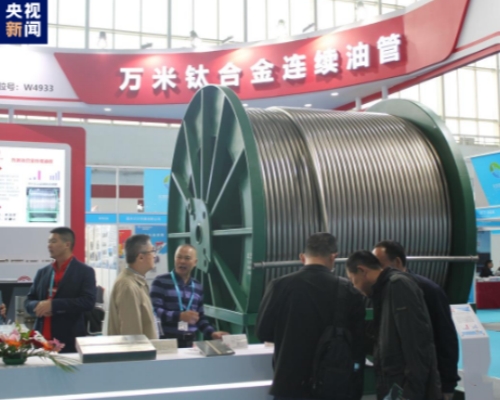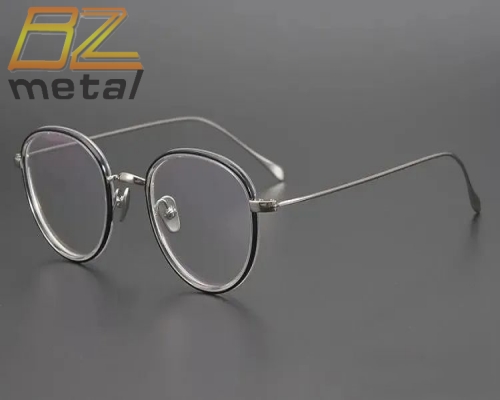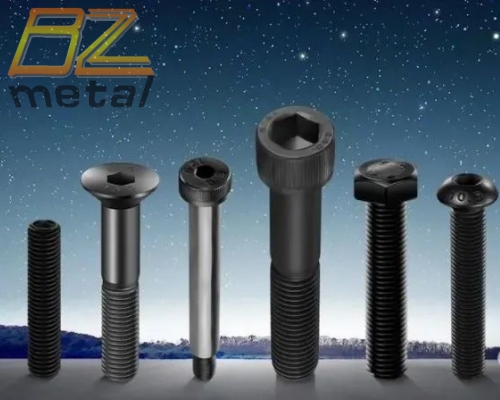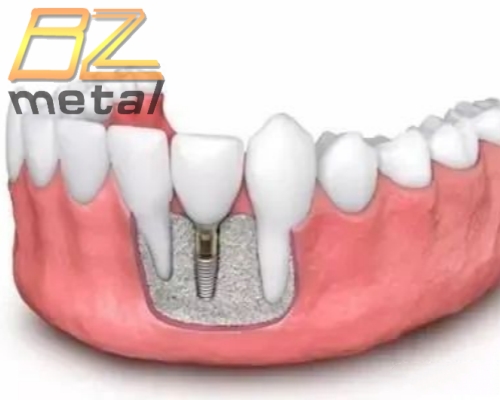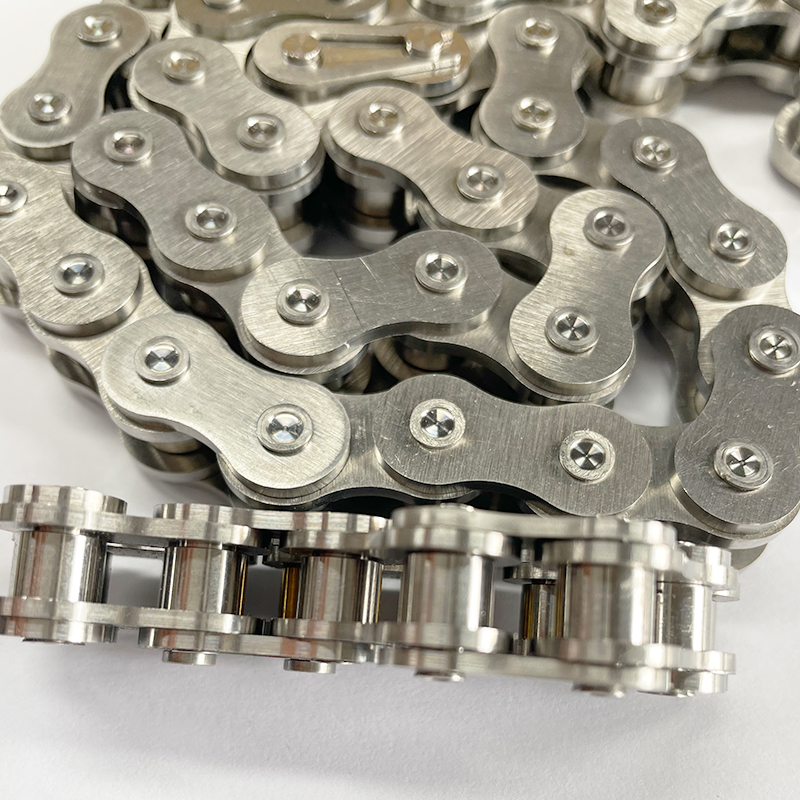Four-Step Method of Surface Treatment of Titanium Alloy Forgings: Sandblasting, Casting, Grinding, C
Four-Step Method of Surface Treatment of Titanium Alloy Forgings: Sandblasting, Casting, Grinding, Coloring
The density of titanium alloy is small, so the inertia of the titanium liquid is small when it flows, and the poor fluidity of molten titanium leads to a low casting flow rate. The difference between the casting temperature and the mold temperature (300℃) is large, and the cooling is fast. The casting is carried out in a protective atmosphere. Defects such as pores will inevitably appear on the surface and inside of titanium castings, which have a great impact on the quality of titanium castings. The following describes the surface treatment method of titanium alloy forgings.
1. Removal of The Surface Reaction Layer
The surface reactive layer is the main factor affecting the physical and chemical properties of titanium castings. Before the titanium castings are ground and polished, the surface contaminated layer must be completely removed in order to achieve a satisfactory polishing effect. The surface reaction layer of titanium can be completely removed by pickling after sandblasting.
1) Sandblasting: The sandblasting treatment of titanium castings generally uses white corundum, which is better for coarse spraying, and the sandblasting pressure is smaller than that of non-precious metals, and it is generally controlled below 0.45MPa. Because, when the injection pressure is too high, the sand particles hit the titanium surface to produce intense sparks, and the temperature increase can react with the titanium surface to form secondary pollution, which affects the surface quality. The time is 15~30 seconds, and only the sticky sand, surface sintered layer, and part of the oxide layer on the surface of the casting can be removed. The remaining surface reactive layer structure should be quickly removed by chemical pickling.
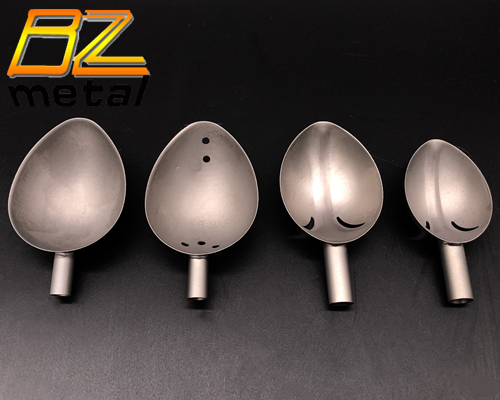
2) Pickling: Pickling can quickly and completely remove the surface reaction layer, and the surface will not be contaminated by other elements. Both HF—HCl series and HF—HNO3 series pickling solutions can be used for titanium pickling, but the HF—HCl series pickling solution absorbs a large amount of hydrogen, while the HF-HNO3 series pickling solution absorbs a small amount of hydrogen, which can control the concentration of HNO3 to reduce hydrogen absorption, and the surface can be brightened. Generally, the concentration of HF is about 3%~5%, and the concentration of HNO3 is about 15%~30%. It is appropriate.
2. Handling of Casting Defects
Internal pores and internal defects of shrinking holes: It can be removed by hot isostatic pressing, but it will have an impact on the accuracy of the denture. It is best to use X-ray flaw detection, surface grinding to remove exposed pores, and laser welding. Surface pore defects can be repaired directly by laser local welding.
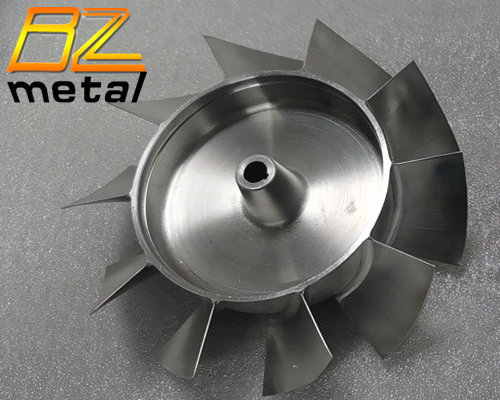
3. Grinding And Polishing
1) Mechanical grinding: Titanium has high chemical reactivity, low thermal conductivity, high viscosity, low mechanical grinding and grinding ratio, and is easy to react with abrasives. Ordinary abrasives should not be used for titanium grinding and polishing. It is best to use super hard abrasives with good thermal conductivity, such as diamond, cubic boron nitride, etc., The polishing linear speed is generally 900~1800m/min. It is appropriate, otherwise, the titanium surface is prone to grinding burns and microcracks.
2) Chemical polishing: Chemical polishing is the purpose of leveling and polishing through the redox reaction of metals in a chemical medium. Its advantage is that chemical polishing has nothing to do with the hardness of the metal, the polishing area and the shape of the structure. All parts in contact with the polishing liquid are polished, no special complex equipment is required, and the operation is simple. It is more suitable for polishing titanium denture brackets with complex structures. However, the process parameters of chemical polishing are more difficult to control, and it is required to have a good polishing effect on the denture without affecting the accuracy of the denture.
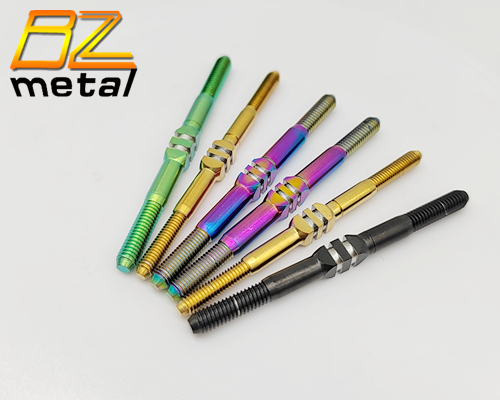
4. Coloring
In order to increase the beauty of titanium dentures and prevent the discoloration of titanium dentures from continuing to oxidize under natural conditions, surface nitriding treatment, atmospheric oxidation and anodizing surface coloring treatment can be used to form a light yellow or golden yellow on the surface and improve the beauty of titanium dentures. The anodizing method uses the interference of the titanium oxide film with light to produce a natural color, and can form a colorful color on the surface of the titanium by changing the tank voltage.

